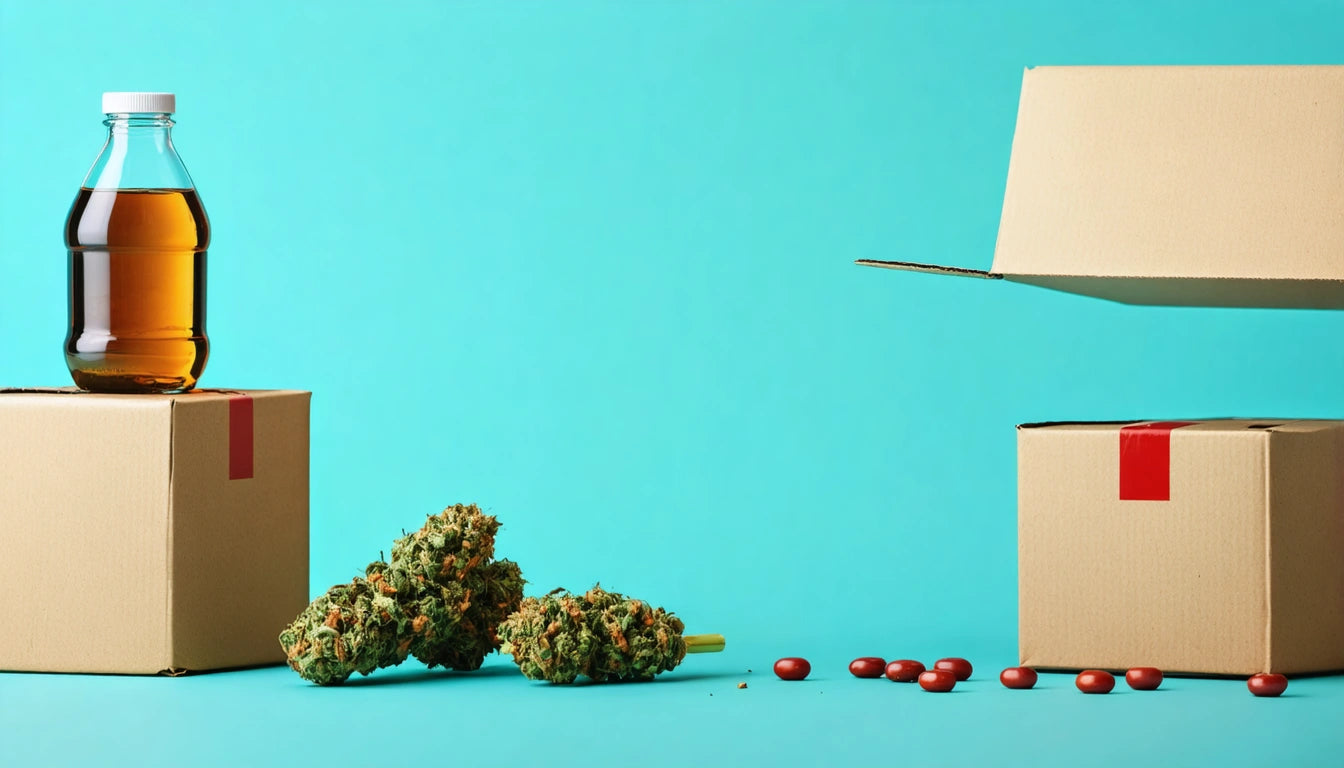Table of Contents
- Identifying Common Packaging Defects in Cannabis Supply Chains
- Quality Control Protocols for Bulk Packaging Orders
- Effective Supplier Communication for Defect Resolution
- Inventory Management Strategies for Defective Products
- Prevention Strategies for Future Orders
- Strategic Recommendations for Long-Term Quality Assurance
Packaging defects can significantly impact cannabis operations, affecting everything from compliance to customer experience. When ordering in bulk, these issues become magnified, potentially causing production delays, increased costs, and compromised product integrity. Implementing a systematic approach to identify, address, and prevent packaging defects is essential for maintaining operational efficiency and brand reputation.
Identifying Common Packaging Defects in Cannabis Supply Chains
The first step in addressing packaging defects is recognizing the common issues that occur in bulk cannabis packaging orders. These typically include:
- Structural integrity problems (cracks, warping, weak seals)
- Print quality issues (color inconsistencies, blurry logos, misaligned labels)
- Child-resistant mechanism failures
- Material inconsistencies affecting durability or appearance
- Size variations that affect machinery compatibility
According to our guide on vetting cannabis packaging suppliers, establishing clear quality standards from the outset can help identify these issues during initial inspection rather than after deployment.
Quality Control Protocols for Bulk Packaging Orders
Implementing robust quality control protocols is crucial when receiving bulk packaging orders. These protocols should include:
Inspection Sampling Methods
Rather than inspecting every item, use statistical sampling methods appropriate to your order size. For orders under 10,000 units, inspecting 5% may suffice. For larger orders, consider the AQL (Acceptable Quality Limit) standard used in manufacturing.
Documentation and Tracking
Create detailed records of all defects found, including:
- Type of defect
- Frequency/percentage affected
- Batch or lot numbers
- Date received and inspected
- Inspector name
This documentation becomes invaluable when communicating with suppliers and establishing patterns over time. For multi-state operations, coordinating packaging standards across locations helps ensure consistent quality control processes.
Effective Supplier Communication for Defect Resolution
When defects are identified, prompt and clear communication with suppliers is essential. Consider these approaches:
Documentation Requirements
Provide suppliers with comprehensive evidence of defects, including:
- Clear photographs from multiple angles
- Video demonstrations of functional issues
- Detailed written descriptions
- Quantity affected
This documentation helps suppliers understand the scope and nature of the problem, facilitating faster resolution. As noted in our resource on building supplier relationships, establishing clear communication channels in advance can expedite resolution processes.
Resolution Options
When negotiating resolutions, consider multiple options:
- Full replacement of defective units
- Partial credit toward future orders
- Discounted pricing on replacement units
- Expedited shipping for replacement orders
The appropriate solution often depends on the severity of defects, their impact on operations, and the supplier relationship. For specialized equipment like industrial cannabis grinders and processing equipment, resolution may involve technical support or parts replacement rather than full unit exchange.
Inventory Management Strategies for Defective Products
While awaiting resolution, proper management of defective inventory is crucial:
Segregation Protocols
Physically separate defective packaging from quality inventory to prevent accidental use. Use clear labeling systems and dedicated storage areas for rejected materials.
Contingency Planning
Develop backup plans for production continuity:
- Maintain emergency stock of critical packaging components
- Identify alternative packaging options for temporary use
- Create relationships with multiple suppliers
As outlined in best practices for avoiding supply chain disruptions, maintaining buffer inventory can mitigate the impact of packaging defects on production schedules.
Prevention Strategies for Future Orders
Preventing defects in future orders requires systematic approaches:
Supplier Qualification
Implement a formal supplier qualification process that includes:
- Sample evaluation before bulk ordering
- Facility audits when possible
- Reference checks with other cannabis businesses
- Review of quality certifications and testing protocols
Understanding minimum order quantities (MOQs) can help balance the need for testing smaller batches against economic ordering quantities.
Detailed Specifications
Create comprehensive packaging specifications that leave no room for interpretation:
- Material composition and thickness
- Precise dimensions with acceptable tolerances
- Color specifications (Pantone numbers, not general descriptions)
- Functional requirements with testing methods
- Regulatory compliance standards
Strategic Recommendations for Long-Term Quality Assurance
For sustainable quality management in cannabis packaging, consider these forward-looking strategies:
First, develop a formal Standard Operating Procedure (SOP) specifically for packaging quality assurance, as recommended in our guide to creating packaging procurement SOPs. This document should evolve based on encountered defects.
Second, invest in supplier relationships rather than constantly changing vendors. Long-term partnerships often lead to better quality control as suppliers become familiar with your specific requirements.
Third, consider implementing a vendor scorecard system that tracks defect rates, resolution times, and overall reliability. This data-driven approach helps quantify supplier performance and informs future purchasing decisions.
Finally, stay informed about packaging innovations and materials that may offer better quality consistency. The cannabis packaging industry continues to evolve, with new solutions emerging to address common defect issues.
By implementing these comprehensive strategies, cannabis businesses can minimize the impact of packaging defects, maintain operational efficiency, and protect both compliance status and brand reputation in an increasingly competitive market.











Leave a comment
All comments are moderated before being published.
This site is protected by hCaptcha and the hCaptcha Privacy Policy and Terms of Service apply.